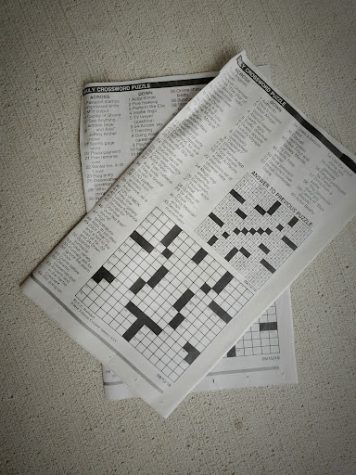Supreme Court Opening Statements Over Schools Punishing Students

May 12, 2021
On April 28th the Supreme Court had the opening statements for the case of whether or not students’ first amendment rights are being defied when schools punish students for out-of-school speech.
During these statements, the lawyers from both sides, Gregory Garre and Witold Walczak, both agreed that schools are within their rights to discipline students if they are targeting or bullying other students.This is hard in itself as the bullying rates have gone up due to cyberbullying.
The major reason for the cases is from an older case where fourteen-year-old, Brandi Levy,a student in the Mahanoy Area School District made a sign that displayed the words, “F*** school f*** softball f*** cheer f*** everything” and posted it on her Snapchat story while she was off-campus. All of her friends, including her cheer team, saw the post. The coach’s daughter that is on the cheer team also viewed the post and showed it to her mother.The school suspended her from the team for the rest of the year. During this time, Levy and her parents challenged the suspension in court and won the case as the school had no right to discipline her for her off-campus speech.
The decision that made this law goes back to the era of the Vietnam War. In St. Louis Missouri five students protested the war by wearing black armbands to school. These kids were suspended, but the American Civil Liberties Union took the case to court. The case, Hazelwood v Kuhlmeier was later taken to the Supreme Court in 1966 in which it was ruled for the first time that students don’t, “shed their constitutional rights to freedom of speech or expression at the schoolhouse gate.” The court had said in order to suspend them they would have had to “reasonably forecast” that the students’ behavior would cause a “substantial disruption of or material inference with school material.” It was decided that the school didn’t have the justification.
This fight of whether schools should be able to discipline students has gone on ever since then as the law is a little blurry on when it is okay and when it is not okay. But in 1988 another case, Hazelwood vs Kuhlmeier court case popped up. A few students wrote about their peers’ experiences with teen pregnancy and divorce. They published the articles to the school-funded and sponsored newspaper; however, they were taken down by the principal before they were published. The principal didn’t tell the students and they were angered. They brought the case to court where it was ruled with a 5-3 vote that the principal had every right to not publish the articles as they were written as a part of a class. The students appealed to the U.S. Court of Appeals for the Eighth Circuit which found that the paper was a “public forum” that went beyond the walls of the school. It was then decided that school officials could censor content but only under extreme circumstances.
Garre that is defending the schools had said that it shouldn’t matter whether the student hits send or makes a post in the school or the Starbucks next to it as the impact of it is all the same. Walczak countered that that could cause the school to curve all types of speech including speech that has to do with cultural, political, or religious means. And that could interfere with the way students’ parents raise them while also taking away the students’ full First Amendment Rights.
This caused the agreement between the lawyers to go back and forth but one thing became clear, the court needs to provide clarity of the law they made in 1966. Though it is unclear as to how the court will react because the majority of the court is conservative. And while the conservatives have always been very purist about the First Amendment Rights when it comes to kids they are more authoritative. Justice Clarence Thomas has even stated that he doesn’t believe that student speech is protected by the First Amendment Right.







